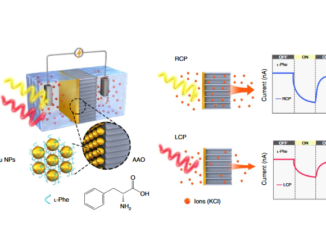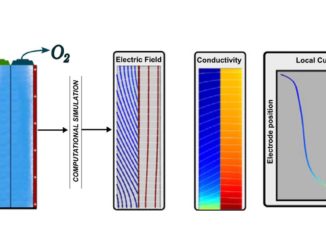
Ideal dopant to increase charge separation efficiency in hematite photoanodes: germanium
Abstract: Hematite, owing to its ideal physical properties, chemical stability, and abundance on Earth, has become a potential candidate as a photoanode in solar water-splitting device applications. However, the high photogenerated charge recombination due to its low efficiency of charge separation as a consequence of poor electronic transport and collection at the back contact has hindered its commercial application. Based on the limitations of hematite, this study describes germanium as a potentially ideal element that combines the beneficial improvement in charge transfer efficiency and morphology control toward high hematite-based photoanode performance. Intensity-modulated photocurrent spectroscopy results demonstrated that the addition of Ge enhanced the charge mobility, leading to a superior charge separation efficiency compared to the pristine hematite photoanode. C-AFM measurements demonstrate that Ge improves the electronic conductivity and increases the majority carrier mobility. Photoelectrochemical measurements performed at different wavelengths show the Ge interferes with the formation of small polarons, making the charges more mobile (delocalized), thus favoring the process of photoinduced charge separation. The combined role played by Ge addition resulted in a significant improvement in the photoelectrochemical performance from 0.5 to 3.2 mA cm−2 at 1.23 VRHE by comparing the pristine and Ge–hematite-based photoanodes.
Author(s): Rodrigues, M.H.M.; Rodriguez-Gutierréz, I.; Ramirez, C.A.O.; Costa, C.A.R.; Biffe, C.A.; Souza Junior, J.B.; Souza, F.L.; Leite, E.R.
J. Mater. Chem. A
Published: 08 Jun 2022
DOI: https://doi.org/10.1039/D2TA03932J
CDMF
The CDMF, hosted at the Federal University of São Carlos (UFSCar), is one of the Research, Innovation and Dissemination Centers (RIDC) supported by the São Paulo State Research Support Foundation (Fapesp), and also receives investment from the National Council Scientific and Technological Development (CNPq), from the National Institute of Science and Technology of Materials in Nanotechnology (INCTMN).




